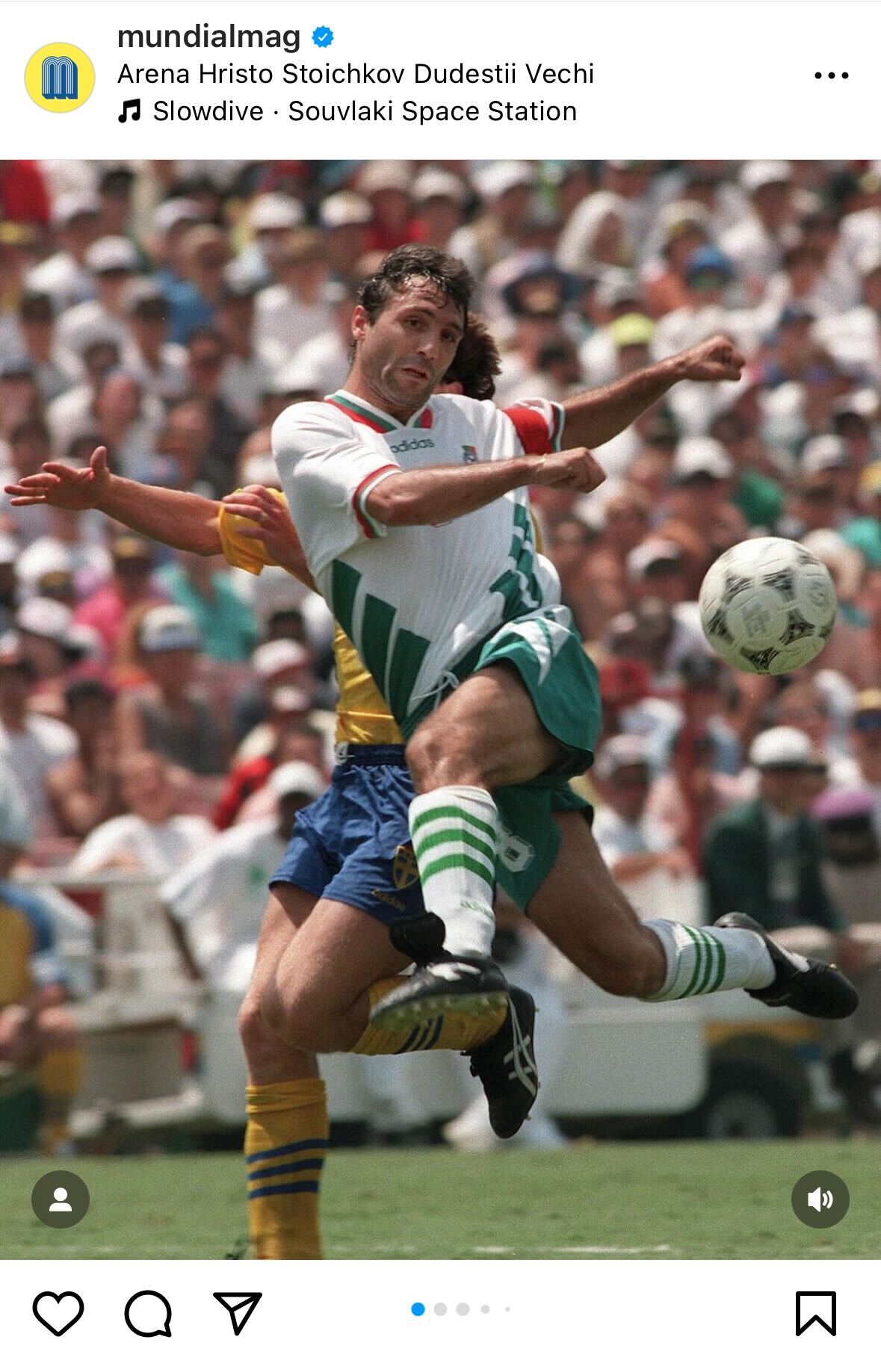The power of nostalgia in sports content
The nostalgia factor could be essential for sports organisations to keep fans engaged, we'll explain how.
.jpg)
Can you hear this image?
No, really – that’s how powerful nostalgia can be. Around twenty or so years ago, Formula 1 fans wouldn’t have had a great weekend without Michael Schumacher’s Ferrari and the sound of a racing grid full of screaming V10 engines. Many of those fans regard it as the best-sounding era of F1.
There are so many fans plagued with nostalgia for this bygone era of motorsport that if you search for “F1 best sound” on YouTube, you’ll find hundreds of videos with millions of views.
So, why are people still watching?
Well, it’s certainly not to find out who wins, and yet the content still pulls in viewers in their millions. Sports content usually has a half-life, where the perceived value drops off significantly once its live broadcast has passed.
Nostalgia could change that, read on to find out how.
Nostos Algos
Nostos means “return” and Algos means “pain”, in Latin.
This is where the term nostalgia originates, and it’s used to describe an incredibly powerful feeling that many of us will have experienced.
Psychology studies by the British Psychological Society have shown that participants who wrote about a nostalgic experience reported a range of positive emotional effects when compared to control groups who wrote about a normal experience.
It goes some way to explaining why a growing segment of social media content is dedicated to the niche of sports nostalgia.
Untapped potential
There’s a lot of sports content out there, fancy watching the Germany vz Czech Republic Euro ’96 highlights? You can find it on YouTube (and it has 2.7 million views).
A one-minute clip showing a DAF lorry racing a Peugeot 405 in the Paris-Dakar rally in 1988? Yep, also on YouTube (with 2.5 million views).
These are only two examples which showcase the value of historical and archival sports content which aren’t currently being tapped by sports organisations. Placing clips like this on third-party platforms like YouTube means that any advertising revenue generated by those millions of views is shared with that platform.
This is before even mentioning that the eligibility criteria that channels must meet to monetise its content on the platform.
New fans found through nostalgia
Some people also experience a kind of nostalgia for a time they never actually lived through. The term for this is anemoia.
Younger generations may experience this feeling when watching 90s and 00s clips of football, tennis, motorsports, or any other sports that permeate social media. There’s a plethora of pages dedicated to the aesthetics of these eras, encompassing the culture and fashion of the time and frequently, sports.
Just look at the likes of Mundial Mag as one example of this.

Sports beyond live coverage
Fans value sports content beyond the live coverage alone, which is why the archival footage of historic moments has such mass appeal on YouTube. Sports operators could leverage their archival content directly, rather than sharing that revenue with a third-party platform.
Formula 1 has done exactly that with their F1 TV streaming service. Fans can access archival footage which stretches back to 1970, in the best quality available, directly from the organisation. It certainly offers a better viewing experience than grainy VHS footage found and uploaded to YouTube from personal fan archives, though that also has its place in the nostalgia content ecosystem.
Sports organisations could be sitting on an untapped goldmine of archival footage that fans would happily sit through some ads or pay a subscription to watch. Creating a streaming experience from live coverage to archival footage can help keep fans engaged beyond the main event, and tapping into nostalgia can certainly help with that.
Interested in creating a sports streaming service that keeps fans engaged beyond live coverage? Get in touch to find out how Simplestream can help.


